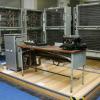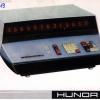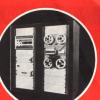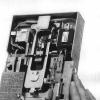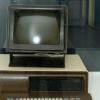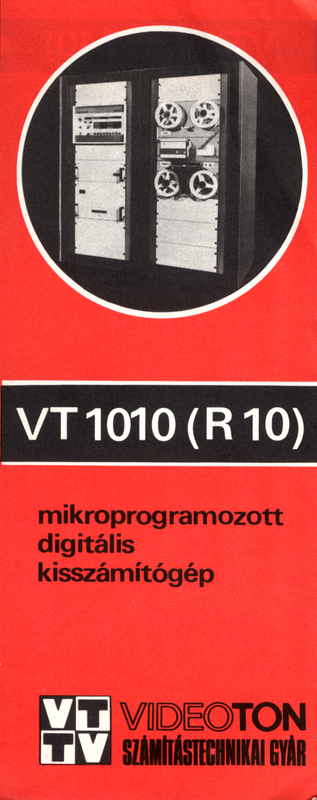The unified computer system
In 1968 the Soviet Union’s Premiere, Aleksey Nikolayevich Kosigin (1904-1980), sent a letter to the leaders of the socialist countries proposing a new collaboration system.
At the suggestion of Kosigin, the European COMECON-countries agreed to develop a conjoined computer family. They created a joint schedule for developing products in what was called the Unified Computer System (Единая Cистема/Edinaya sistema or EC), as well as an Intergovernmental Committee of Computer Technology to control the tasks.
One advantage of the Unified System was that it would put an end to the total chaos of the different state-funded programmes. It became possible for hardware-and software products made by different manufacturers to be used outside the borders of the given country as well. The main goal was to cut back the time-lag in development compared to Western countries.
The model was in the IBM Company 360 family. The Soviet Union had always demanded a leading and controlling role in the Unified System right from the very beginning. The Union wanted to produce the most powerful products of military significance. There was an important production of magnetic data storage devices in Bulgaria under the brand name IZOT, while the other Eastern countries took their significant parts within the Unified System.
In Hungary the manufacturers VIDEOTON (Székesfehérvár) had a primarily military profile, but also gained experience in producing consumer electronics. It was this company that undertook most computer production and produced display terminals, printers, other components and full computers in the settings of the Unified System.
 Previous Story
Next Story
Previous Story
Next Story
How to cite this page
Gábor Képes, 'The unified computer system', Inventing Europe, http://www.inventingeurope.eu/story/the-unified-computer-system
Sources
- Helena Durnova, "The 'Unified System' of Electronic Computers: IBM's Inadverted Invasion of Central and Eastern Europe." Europe, Interrupted. http://europeinterrupted.eu/invent/exhibits/show/europeinterrupted/unified
- Gerlai, Mátyás. Videoton számítástechnikai gyártás 1970-1990. NJSZT ITF, December 13, 2011. Accessed July 1, 2012. http://www.slideshare.net/gerlai/videotonszmtstechnikaigyrts197019901
- Németh, Pál. “Nagy projektek és szervezeti változások az Szki-ban.” In Volt egyszer egy Szki…, edited by Bálint Dömölki et al a.o, 52-84. Budapest: NJSZT ITF (Ervin Kovács), 2011.
- Raffai, Mária. A hazai számítástechnika története, 33-38. Alexander Alapítvány, 2005. http://www.sze.hu/~raffai/org/raffai-infotort.pdf





